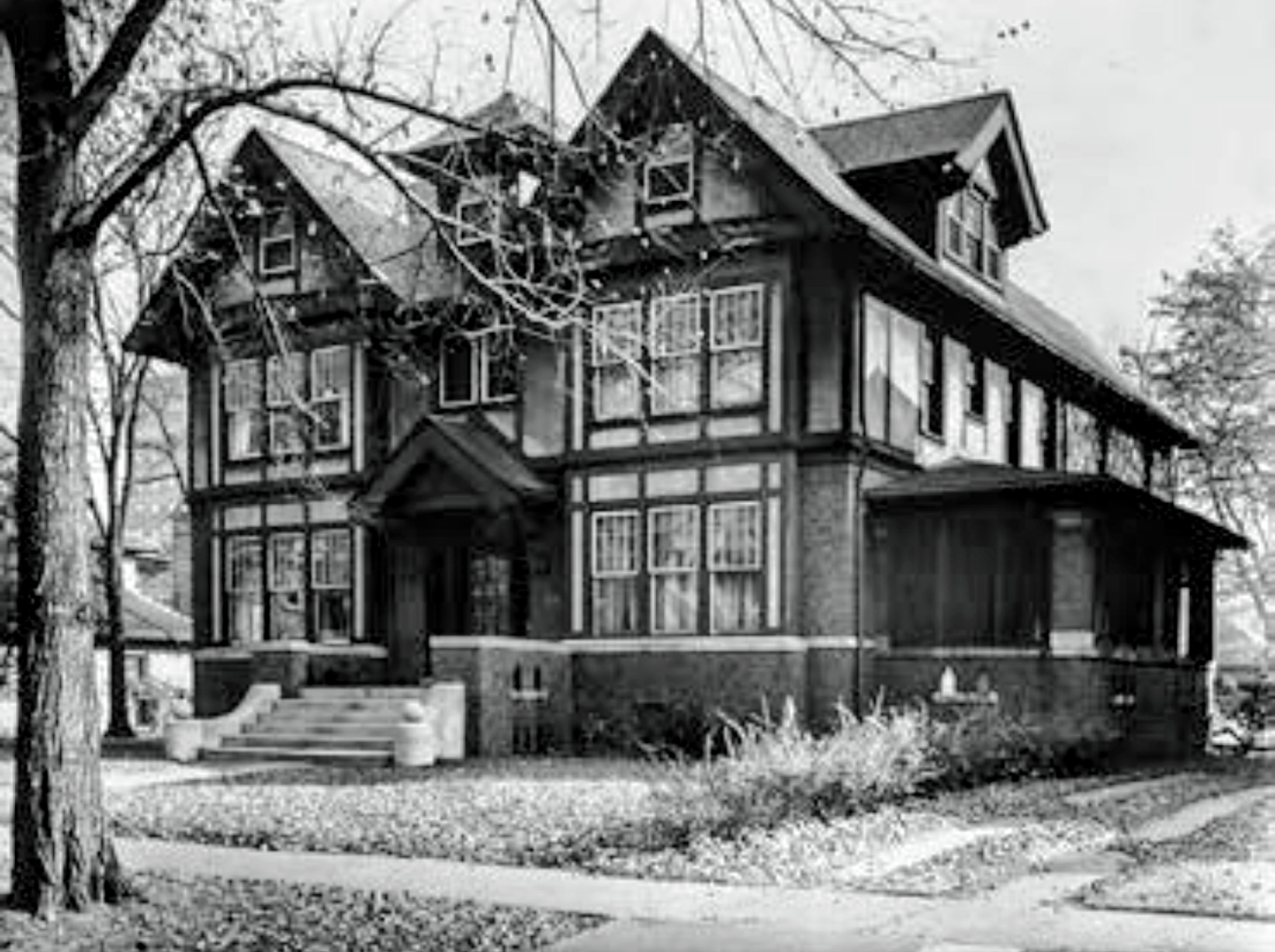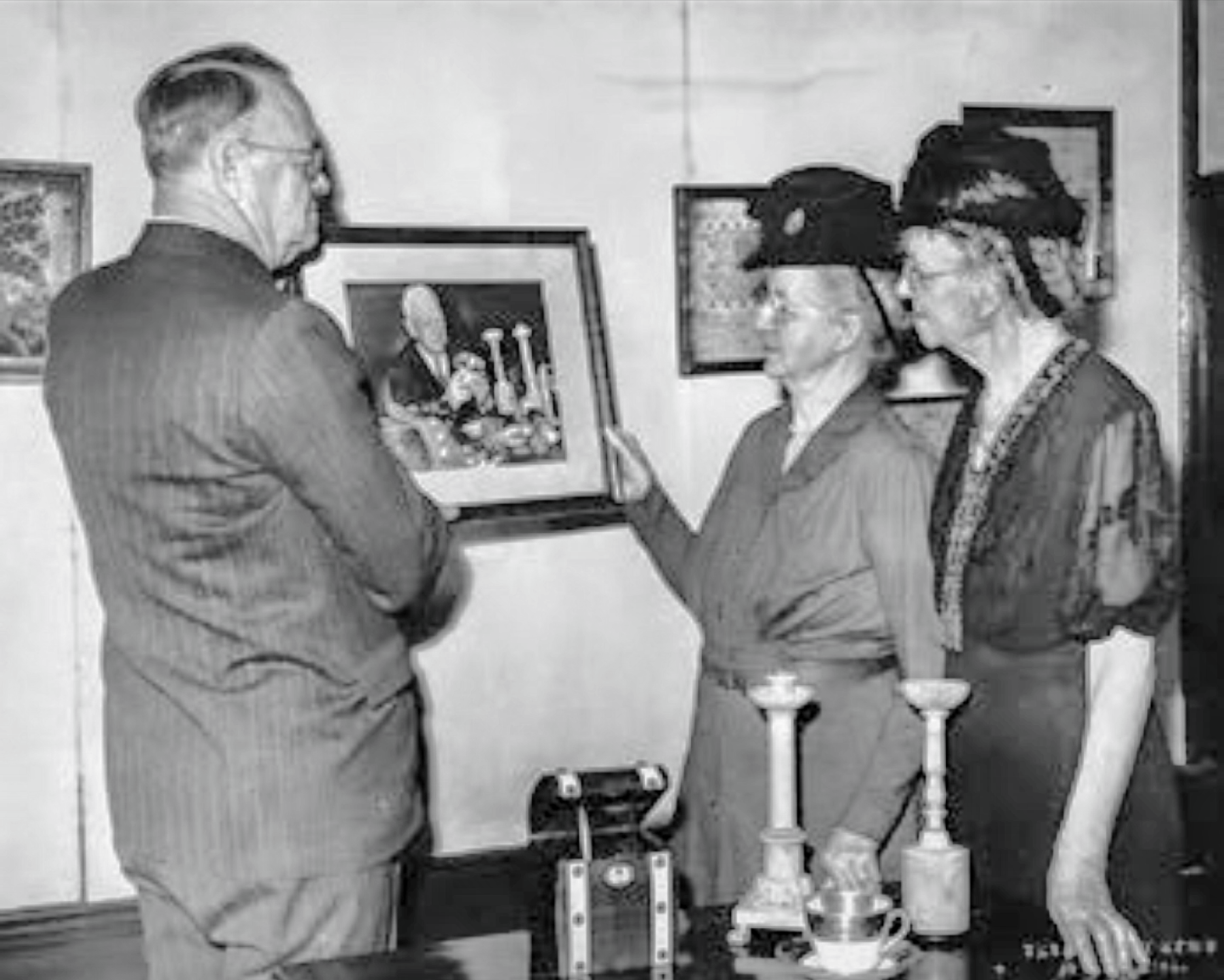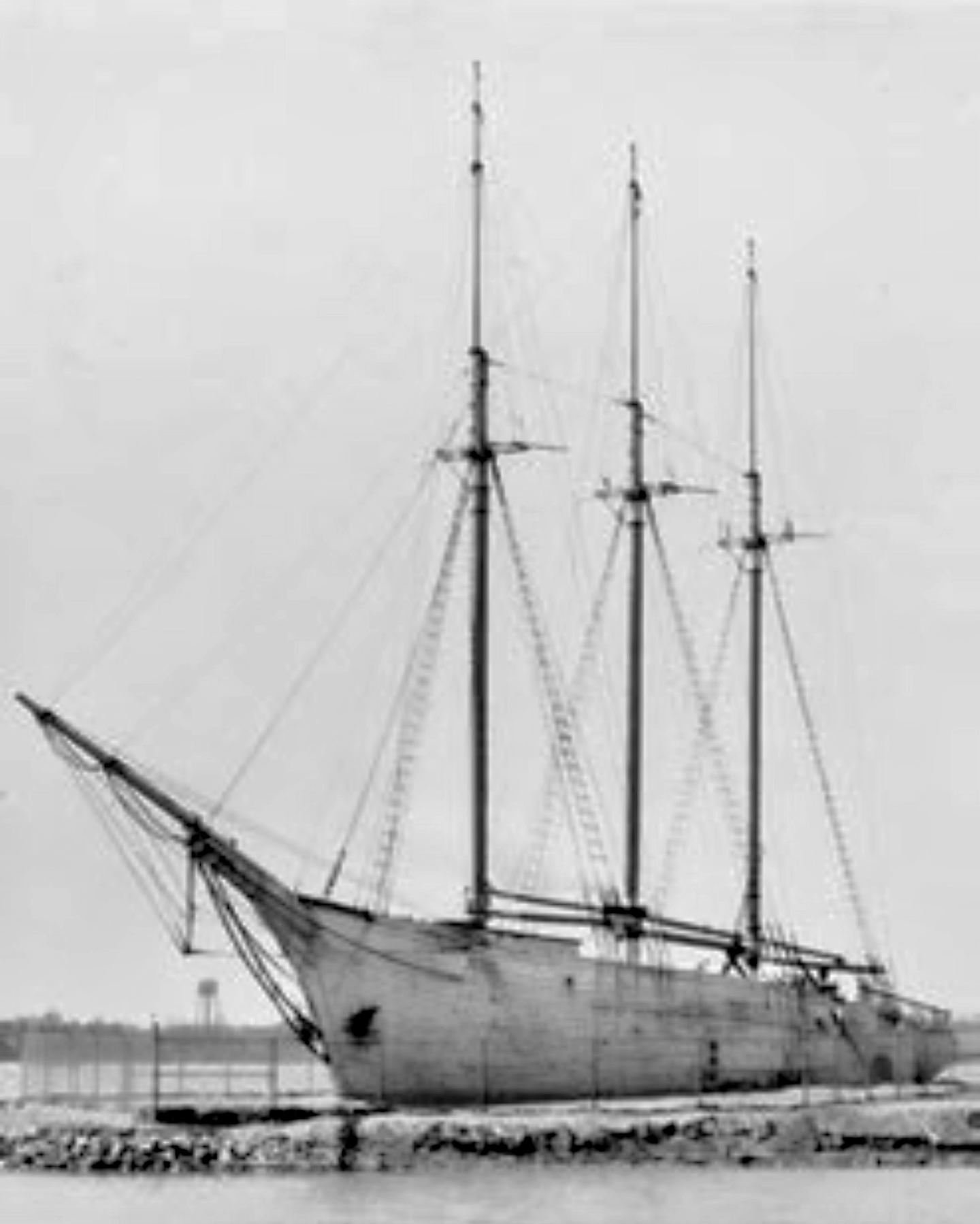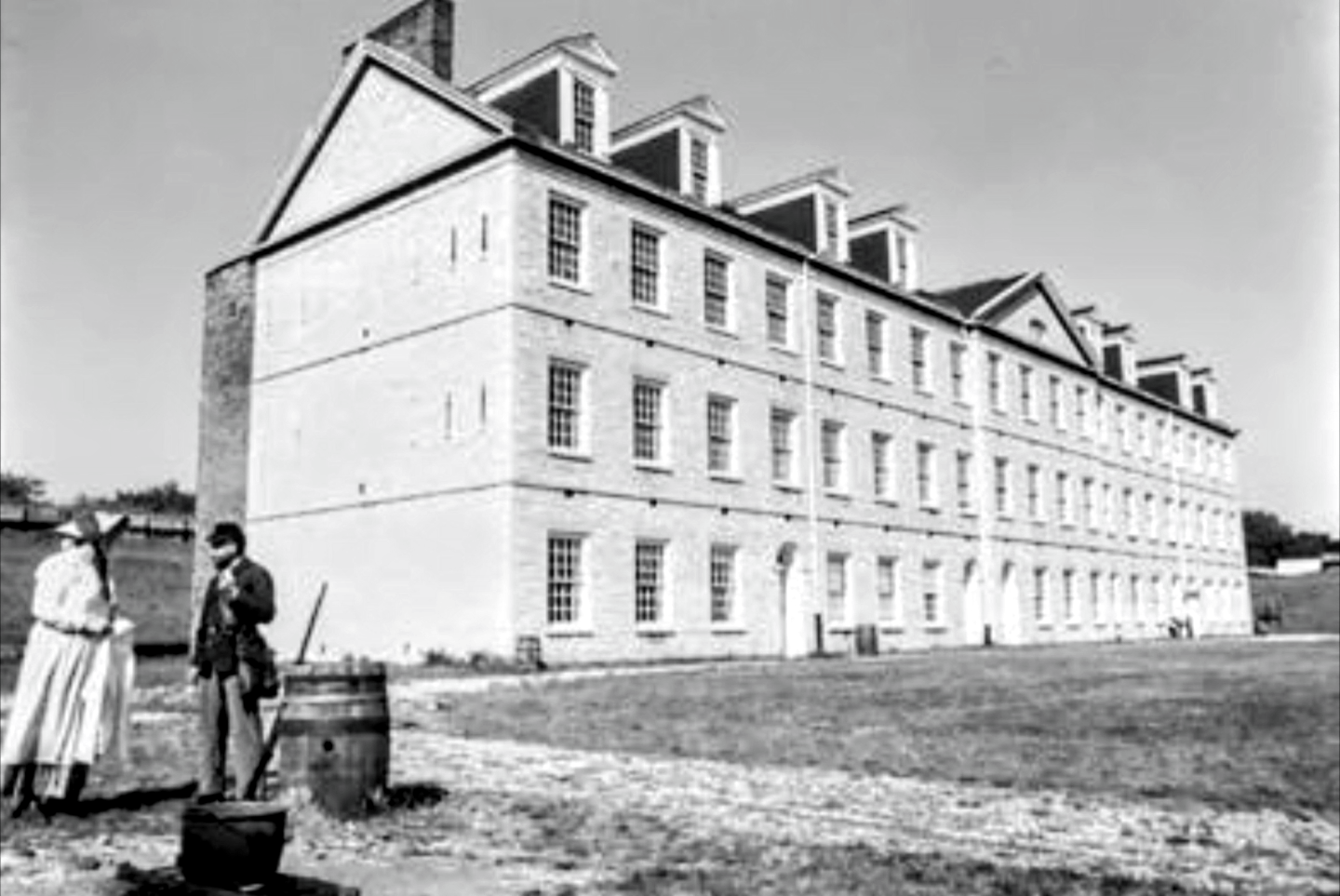Chapter 2: Dynamic Growth in A Dynamic City
It is regrettable, but it is true, that the town having the richest tradition and the most colorful history in the Middle West has done the least about it.
— George Stark, president of the Detroit Historical Society
On May 7, 1945, President George Stark presented the trustees with an idea that would guide public history initiatives in Detroit for over six decades. In discussions with City Councilman John Lodge, the concept of a municipal Historical Commission emerged that would prioritize the City’s investment in important material culture. The Society’s position was described as similar to that of “the Founders Society to the Art Institute,” indicating control of the buildings, exhibits, and collection would fall to the commission, and in turn to a Detroit Historical Department, with the Society directing ancillary needs in the form of program direction, membership support, and funding. To do this would take a voter-approved amendment to the City Charter.
At this same meeting, it was announced that Wayne University was “loaning” the Society its Department of History chairman, DHS trustee Raymond Miller, to become director of the Society for one year. Robert Larson was named “Assistant to the Director.” Miss Krum notes that Miller effected a general shakeup, and “the entire personnel of the Museum staff was changed.” Indeed, only a few months later Larson “severed connections” with the organization.
Not long afterward he was replaced by Henry D. Brown, who had a master’s degree in history from the University of Michigan and spent five years curating the university’s Michigan Historical Collection (now housed at the Bentley Historical Library). When Miller returned to leading Wayne’s History Department in 1947, Brown was named as the new director of the Society and museums. Much as Stark’s association with the Society had changed its trajectory, so would Brown leave a lasting legacy.
The immediate priorities for Miller in 1945 were two: moving the museum and offices to Merrick Street and organizing the archival material at the DIA, presumably in anticipation of it finding a new home. On the Charter Amendment side, the “Ad Guys” took over. There were frequent meetings at the Adcraft Club for trustees Harold Hastings, Leonard Simons, and Reuben Ryding, all marketing and public relations executives in a hugely competitive market. With the foundation well laid, Stark presented a formal resolution to the trustees in mid-August.
In it he proposed that, since “maintenance of such an historical museum is widely accepted as a public function,” the City of Detroit should form the historical commission. The Society would relinquish its 15,000 artifacts and the $250,000 in the building fund, as long as the City agreed to “use the money herein proffered, and such other money as may be available, to build and equip an historical museum.” The museum director was tasked with providing — in a loosely worded directive — such rooms for the Society as, “in its opinion, are reasonably adequate for the headquarters of the Detroit Historical Society and shall permit occupancy of such rooms without charge or rent.” The Ad Guys did their job and celebrated the passage of the Charter Amendment in the “Club Room” of their new home on Merrick Street.
It was a celebratory crowd that gathered for the 1946 Annual Meeting at the Wardell-Sheraton Hotel (later the Park Sheraton, then Park Shelton). Miller was the speaker. Brown was the toastmaster. Stark’s presidential report was his last, enumerating successful attainment of the three main goals: get out of Barlum Tower, raise a quarter million dollars for a museum, and have the City assume management of the physical assets. Following his remarks, City Clerk Thomas Leadbetter swore in the new Detroit Historical Commission consisting of Stark, who became its president, Leonard Simons, Mary Murphy, and Donald Kiskadden — all Society trustees — with rolling four-year terms that eventually lasted until 1966, lending a needed stability. Two weeks later, the DHS trustees met and elected Dr. Alfred Whittaker president.
Expansion of the Board of Trustees through this period is also impressive. In 1945, it consisted of five officers and nine trustees, nine men and five women. Two years later, the board had expanded to twenty-four trustees, six of them women. More notable was the growth of board participation. Only a few committees had existed in 1945, primarily membership, lectures, and women’s. By 1947 it had exploded to twenty, including those addressing programs and public relations, liaison with the City, and various curatorial topics like Native Americans, medicine, and maritime. The Society’s affairs were increasingly carried on through committee work, the board acting as a general clearinghouse and administrative center.
In just thirty-six months, Krum described the Society as a changed organization, and these rapid changes came at a perfect time. George Stark and his compatriots had gotten Detroit fired up about its history in physical and monetary terms. The Great Depression had scarred Detroit deeply, and after struggling through World War II, residents were hungry for projects that reflected upbeat narratives highlighting America’s broad, but not universal, perception of greatness. Patriotic fervor — specifically how the Yankees beat the French and Brits and Indians (and Southerners in some homes) — remained a large part of the postwar landscape, and the Historical Commission’s brick-and-mortar projects caught the imagination of history fans in the community and naturally the project ballooned.
There soon emerged a contingent promoting the Museum of Great Lakes History in a schooner on Belle Isle, led by trustee Prentiss Brown, and another contingent advocating for preservation efforts at Fort Wayne and its historic buildings. Both were important projects. The first would preserve the last active sailing vessel on the Great Lakes. The second involved a site that represents centuries of recorded history, starting with significant Native American habitation, pre-Civil War fortifications, and a possible Underground Railroad crossing point.
The schooner J. T. Wing was donated to the City by Grant Piggott of the J. T. Wing Company, Joseph Braun of Braun Lumber, and investor Oscar Johnson. No longer profitable as a working ship, it underwent a yearlong refit in a slip near the Ambassador Bridge, and then a triumphal voyage to its final berth on Belle Isle on July 24, 1948. Opened the following year, the vessel was under the supervision of Captain Joseph E. Johnson, who formed a crew of volunteer tour guides and founded the Great Lakes Model Shipbuilders Guild, which, in turn, launched Telescope magazine in 1952. This publication, specifically addressing Great Lakes maritime history, is still being produced today.
Besides the modelers’ guild, which became the Great Lakes Maritime Institute (GLMI) in 1960, the J. T. Wing also received extensive assistance from members of the Marine Historical Society of Detroit (MHSD), which had been founded in 1944. In the fourth edition of the new Bulletin, the MHSD supplied the introduction and expressed hope that someday it could have an archive and meeting room in the new museum once it was built. While that did not happen, it continued to support the Society’s efforts to advance Detroit maritime history. Its publication, the Detroit Marine Historian, is now in its seventy-third volume.
On June 14, 1950, the military museum at Fort Wayne was officially opened. The U.S. Army maintained parts of the campus for induction and administrative purposes into the 1970s, and the Army Corps of Engineers continues to maintain a survey facility there as of this writing. However, the old star fort was designated as surplus and given to the City of Detroit. It thus fell under the Historical Commission’s purview, adding yet another thematic facility to the City’s historic
holdings, ripe for development.
Despite these great strides, the best was yet to come.




This home at 441 Merrick Street, on the Wayne University campus, became the second home to the Detroit Historical Society’s museum between 1945 and 1951.
In 1949, J. Bell Moran, Miss Gracie Krum, and Mrs. Arthur Hampton look at a photograph of Arthur Hampton, the museum’s first curator from 1928 to 1942.
The retired schooner J. T. Wing housed the Museum of Great Lakes History on Belle Isle from 1949 to 1956.
The barracks building, built between 1839 and 1842, became the centerpiece of the Fort Wayne Military Museum (later Historic Fort Wayne) and regularly hosted encampments and reenactments (c. 1989).
Comments
Sign in or become a Nu?Detroit member to join the conversation.
Just enter your email below to get a log in link.